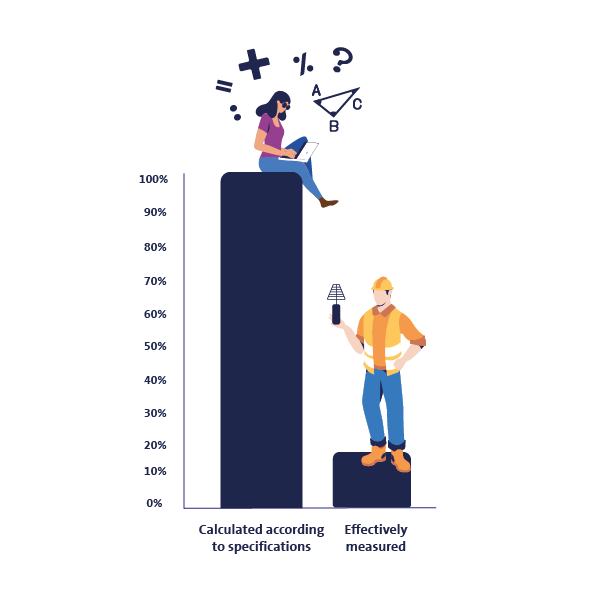The second FOEN report deals with a systematic monitoring of mobile phone immissions. Instead of focusing on the theory, the report looks at actual measurements that show which claims are true and which are not. Researchers evaluated 15 million measurement points. Measurements were taken at 70 locations in Switzerland, divided into nine different "micro-environments" ranging from very rural to very urban.
The experts carried out measurements along routes and at defined locations, and concluded that the levels are substantially below the limit values. The authors wrote on page 53: “The (...) measured field intensities reached a maximum of 15% of the exposure limit value in publicly accessible areas, while in the vast majority of cases they were in the low single-digit percentage range. In the private dwellings measured so far (which are generally subject to an installation limit value that is 10 times stricter), the maximum utilisation of the exposure limit value was less than 4%.”
The data available for homes is still limited in the first report, which is something that critics can use to their advantage. However, the report also shows something else: the multiple safety margins inherent in current procedures mean the radio signals are greatly overestimated when the values are calculated, and the limit values are far from being reached in reality.

